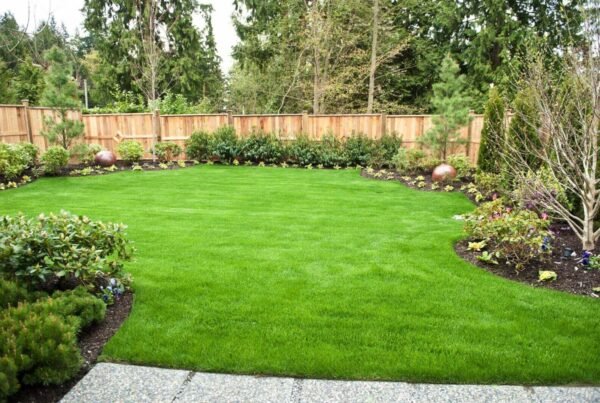Landscaping is an exciting project. However, it’s very important to plan and map it correctly. Poorly constructed landscaping can damage not just the aesthetic of your land but also the plants and other forms of life present. This is why you need to thoroughly think through it and make a convenient plan. Fortunately, we have an extensive list of tips to help you achieve your goal. Keep scrolling to find out more!
1- Observe and Examine
It all starts with a simple step. Walk around the area and explore all the opportunities. What can you remove? What can you add? What can you replace or improve? Take notes of everything to understand what needs to be done immediately. You can define the tasks that need to be done and the priority of each phase in your plan. The first phase involves identifying and observing to look for the targeted area’s unchanneled potential. This doesn’t just include the land you possess but also the weather and climate conditions of your region.
2- Define Your Criteria
What do you want to start working on? Would you prefer to get the trees pruned? Would you like to mow the grass? Is soil conditioning an immediate need for you? Ask yourself all such questions and find the answers. It’s very important that we set clear and achievable criteria to communicate and work around. These goals can be broad and accommodate the looks of the lawn or extremely specific and focus on details. Either way, you must build a list of ideas you want to proceed with.
3- Categorize The Plants and Zones
If you plan to invest in adaptive plants, the requirements and directions will differ slightly from those for native ones. You should confirm which plants to add beforehand and the planting zones based on their soil condition and nutrient absorption. Confirm the availability of the plants you need at least fourteen days before you plan to do it so any changes or issues can be dealt with in the time frame. Mark the regions with small pointers to clarify the planting site.
4- Systemize Seasonal Maintenance
After you have built a clear plan of your aim, it’s time to create detailed maintenance plans. Which plants will thrive in summer but die in winter? How can you ensure the winter plants have adequate conditions in spring? All these queries are vital for laying down a seasonal maintenance structure. This step ensures that all the effort and money you invested in landscaping pays off well and provides longevity in results.
5- Choose the Scale and Color
You must consider other factors besides the growing habits, including proportion and size. This requires long-term thinking and envisioning a mature plant with its fully active state unlocked. You have to confirm whether the plants you are buying will fit on your landscape or not. Also, count the number of smaller plants compared to those with taller bodies to plan the organization. You can achieve a lot of depth by placing the taller plants and trees in the back and the shorter ones in the front to fill the space and not obstruct the views.
6- Explore Variety of Textures
Do you want a plant with a worn texture or a smooth surface? Decide before you go ahead and buy them. Choosing the plants you like is important and different from what others recommend. At least not all of them should be considered. You can choose the type of plants and their growth characteristics based on the visual picture you aim to paint. Some plants may grow upwards and taller, while others can be spreading but stay shorter. By sharing your vision, you can better understand what suits your garden and what doesn’t.
7- Ensure Pest and Disease Control
No growth and planting system is complete without a proper pest control plan. After identifying the nature of your soil, the plants you plan to grow, and the insects they will attract, you need to find suitable pesticides and medication. We can create an optimal growing environment by adding all the necessary precautions and protections.
8- Define Budget
Your budget is a huge factor. You mustn’t overdo the landscaping by spending too much, as the game doesn’t end here; maintenance is another lifelong responsibility. Make a list of everything you will spend with all the designated amounts. You can spend a little less than that to have more control over the range and keep the rest of the amount for any emergencies or changes in the plan.
9- Hire a Professional
You can hire a landscaping professional if you want none of this hassle. For instance, if you want an expert in Frederick, look for landscaping services in Frederick, MD. This can lead to a list of relevant results, and you can choose someone that best meets your criteria.
Are you looking for landscaping services in Frederick, MD? We are the best people for the job! At Fred’s Landscaping, we provide top-notch deals and packages. Visit our website and get a quote today!





